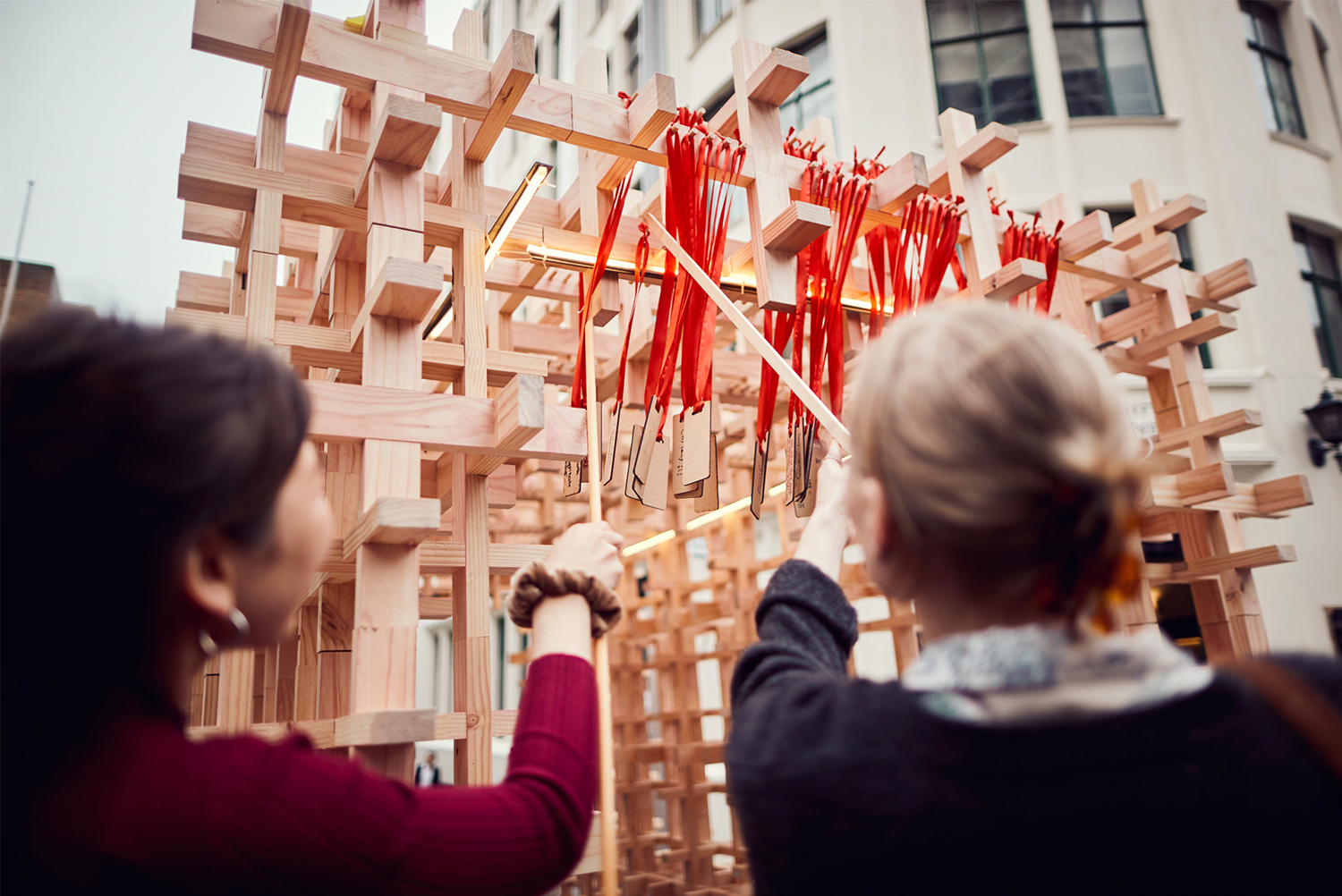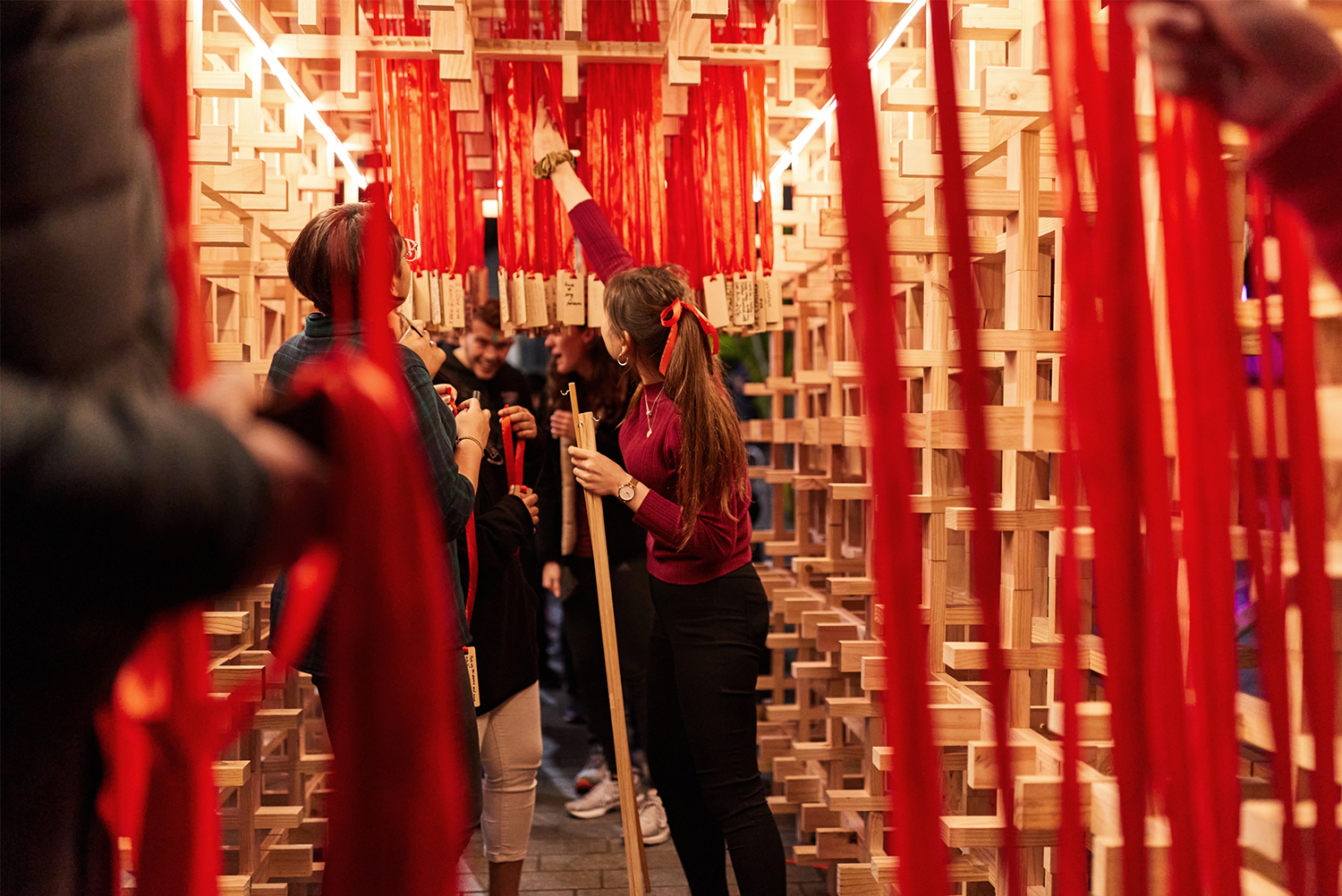Rosemary Li
The University of Auckland
New Zealand
From the entrant’s submission:
Inspired by the traditional Chinese bracket system; the Dou gong(斗拱), the thesis explores to revive this artistry through the means of modern fabrication. By following the process of research, design, build and application of an architectural installation the project critically questions: ‘how can we employ the advancement of modern technology to revive a long-lost ancient building technique of the traditional Chinese joinery system, and create a monumental piece in commemoration of the COVID-19 global pandemic?’ In response, two different scaled architectural installations are designed to commemorate this historic event: the realisation of the ‘Hashtag Wish Tree’ for the annual Auckland Art Week and Kaipara Coast Sculpture Gardens Exhibition and the ‘Sentimental Piece’ proposal as one of the top finalists for the 2020 Brick Bay Competition.
As one of New Zealand’s first research projects that encapsulates the theme of COVID-19, the installation takes a new perspective on a global crisis and translates it into an architectural language where world/nationwide data and curves are extracted and intertwined throughout the design as an inimitable symbolic experience.
Dou Gong is vastly used across historic Chinese architecture. The beauty of this ancient artform lies within the craftsmanship that demands high precision for each joint to interlock in harmony together. Without a single nail or drop of glue, the dense, complex brackets form a robust and aesthetically pleasing structural system for the overhanging roofs. The installation reinterprets this technique to a lightweight spaceframe design that reveals the potential of a versatile self-supporting structure. The notion of the installation marks this historic event, bridging the traditional and the modern; the east and the west; architecture and sculpture poetically together as one entity.




